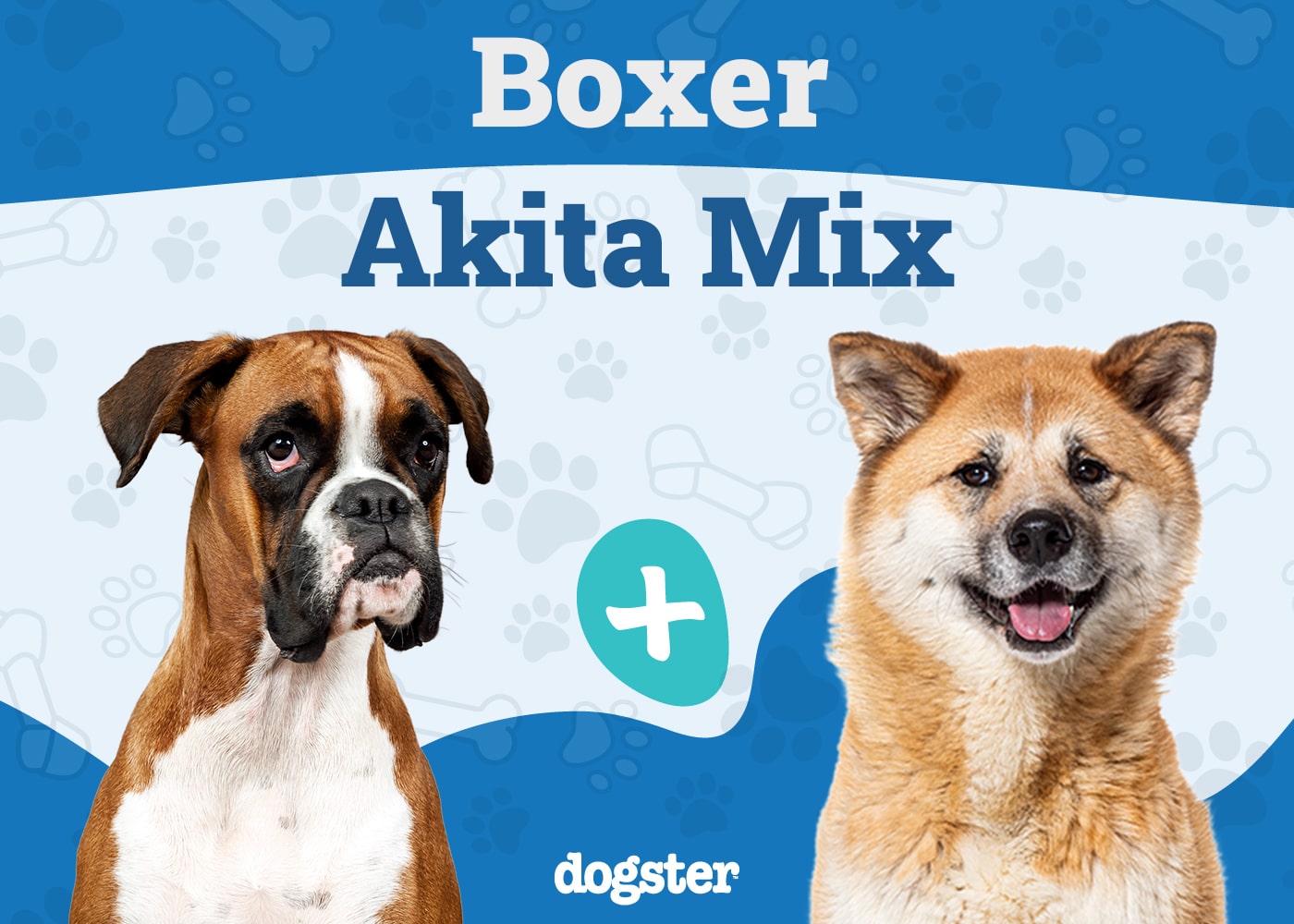Our furry friends can experience a myriad of eye problems. While some breeds are more susceptible than others, early detection and treatment can make a world of difference.
Let’s dive into the common eye issues dogs face, their causes, signs to watch out for, and the treatments available.
Cherry Eye
Unlike humans, dogs have three eyelids. The gland in this third eyelid might occasionally pop out, forming a red bump in the corner of the eye.
This condition, often genetic, isn’t overly serious if treated promptly. Surgery by a vet can reposition the gland, but removing it is not advised as it risks future dry eye issues.
Dry Eye
Dry eye, or keratoconjunctivitis sicca (KCS), happens when the tear gland doesn’t produce enough tears. This leads to dryness, which can cause ulcers, scarring, and even blindness.
Treatments range from artificial tears to medications that stimulate tear production. In severe cases, surgery might be needed to redirect saliva ducts to keep the eye moist.
Corneal Wounds
Dogs, like humans, can scratch their eyes. Direct trauma, like running through tall grass or accidental poking, typically causes these wounds.
Symptoms include eye rubbing, redness, swelling, and light sensitivity. Immediate vet attention is crucial to prevent infections or eye perforation. Treatments involve eye drops, protective collars, and sometimes surgery, depending on the wound’s severity.
Conjunctivitis
Conjunctivitis, or pink eye, inflames the membrane inside the eyelids. The usual signs are redness, swelling, discharge, and discomfort.
This inflammation can be due to infections, irritations, or allergies. Identifying and treating the underlying issue is vital. Treatments can range from antibiotic ointment to anti-inflammatory drops.
Glaucoma
Glaucoma results from increased intraocular pressure, causing pain, impaired vision, redness, and cloudiness. Immediate treatment is essential to prevent blindness.
Vets use eye drops to reduce pressure and might also recommend surgery. It’s important to identify any underlying problems causing the increased pressure.
Entropion
Entropion is when a dog’s eyelids roll inward, causing the hairs to irritate the eye. It often leads to pain and ulcers.
Signs include pawing at the eye and excessive tearing. Surgery can correct this condition, and in severe cases, multiple surgeries might be required.
Progressive Retinal Atrophy (PRA)
PRA is a genetic disease leading to blindness, first causing night blindness and then complete vision loss.
While there’s no cure, genetic testing can prevent the disease from being passed on. Affected dogs might not seem apart until their vision greatly deteriorates.
Cataracts
Cataracts, more common in older dogs, cloud the lens and lead to vision impairment. If untreated, they can cause total blindness and other complications like glaucoma.
Veterinary ophthalmologists can treat cataracts surgically, and early intervention tends to yield better results.
Pannus
Pannus, or chronic superficial keratitis, involves the invasion of blood vessels and scar tissue into the cornea. It’s especially prevalent in German Shepherds and can lead to blindness.
Treatments include anti-inflammatory drops, sometimes combined with immuno-suppressive therapy. Protective eyewear can also help manage the condition.
Spotting eye problems early in dogs is crucial. Signs like squinting, redness, or discharge should prompt a vet visit.
Genetic or otherwise, eye conditions need treatment, and early intervention is key to your dog’s health.










